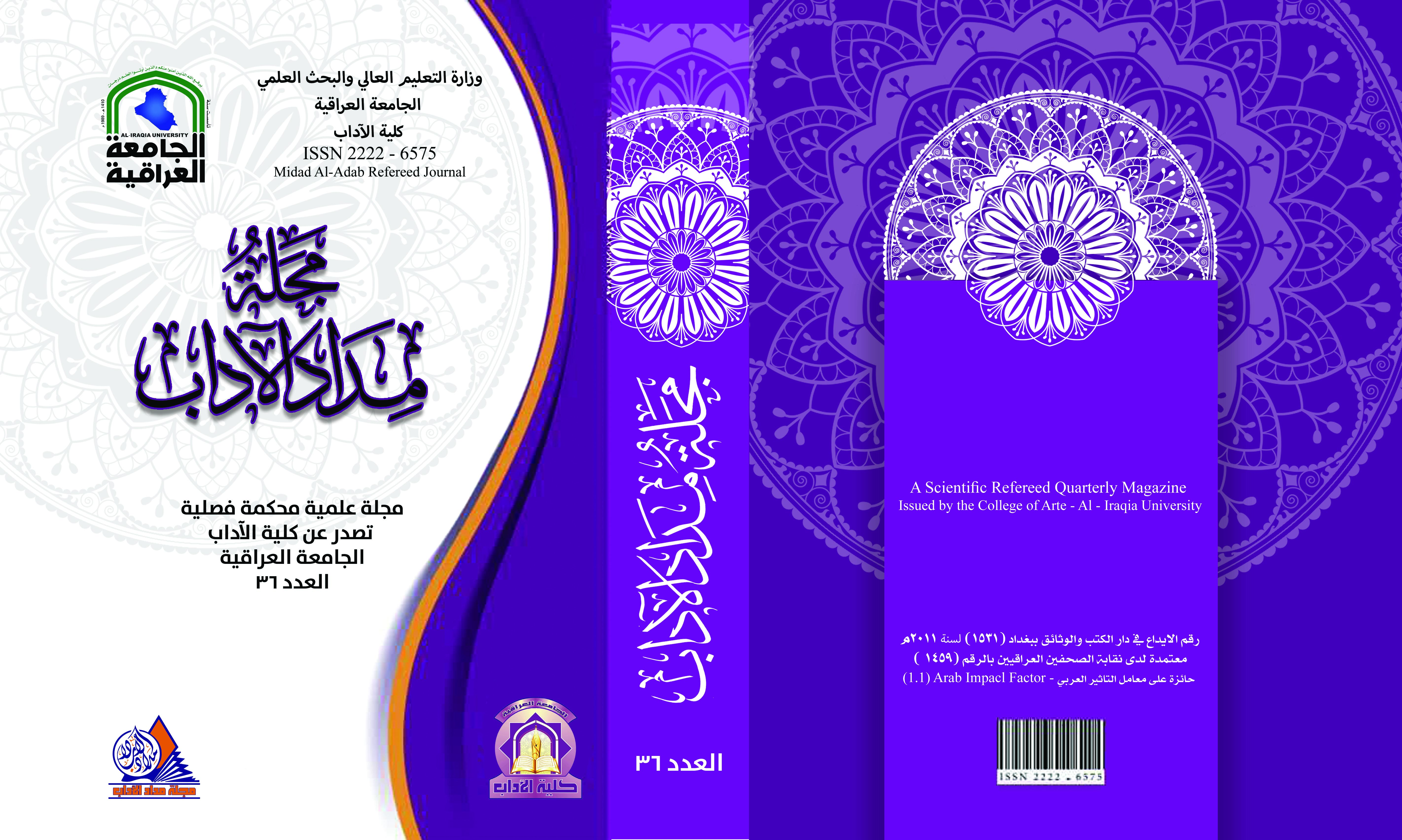Obstacles facing sustainable transport in the city of Baghdad
DOI:
https://doi.org/10.58564/ma.v14i36.1568Keywords:
Obstacles, sustainable transportation, Baghdad cityAbstract
This research begins by describing what is the concept of sustainable transport, its types, the basic principles of sustainable transport, its types, the basic principles of sustainable transport, and what are the obstacles facing sustainable transport in Baghdad, as the city of Baghdad is considered one of the cities that suffer from many problems and obstacles facing sustainable transport, including an increase in population after 2003, and an increase in The number of cars, and streets that were not designed to accommodate these numbers of cars, as well as their lack of sustainable transport components, weakness in the transport infrastructure and the lack of capabilities to support sustainable transport in the city of Baghdad, including mass transport ,which suffers from shortages and neglect, and the failure to provide the simplest means of transport. The other issues are the paths and paths for pedestrians and cyclists and the failure to spread a culture of sustainable transport Among the population because of its importance in reducing polluting emissions, as the use of private cars ranked first in the city of Baghdad at 71% of the total, meaning that it is a means of transportation widely adopted by the population, while public buses, walking, and bicycles reached the lowest percentage of users of this. The type of transportation in the city, which led to traffic congestion, led to a weakness in the transportation system, as it is difficult for residents to move flexibly within the city, as the percentage of getting from the place of residence to the place of work reached an hour or more, with 73% of the total population facing this problem, and this is the biggest obstacle. In front of sustainable transportation in the city of Baghdad, which must provide safety ,time ,and ease of access.
Downloads
Published
Issue
Section
License

This work is licensed under a Creative Commons Attribution-NonCommercial-NoDerivatives 4.0 International License.








